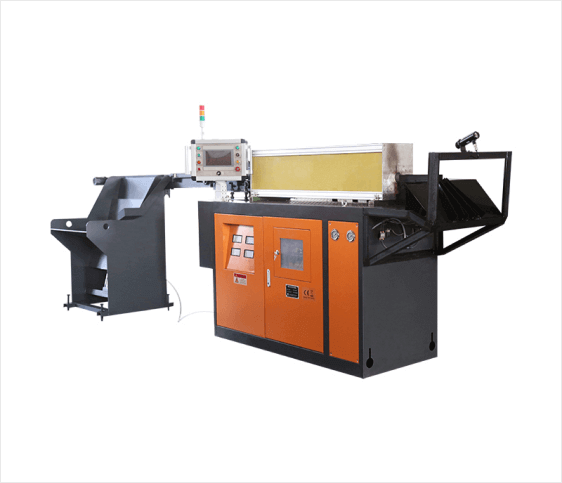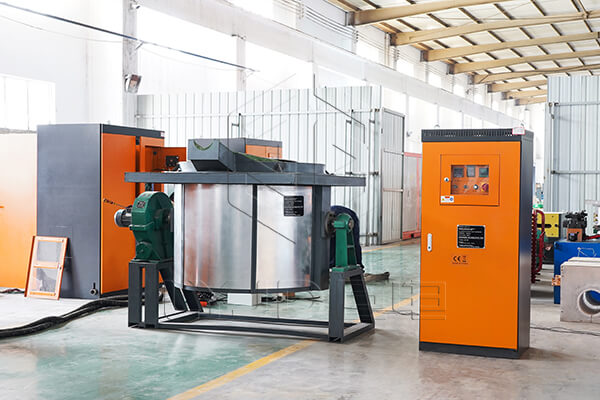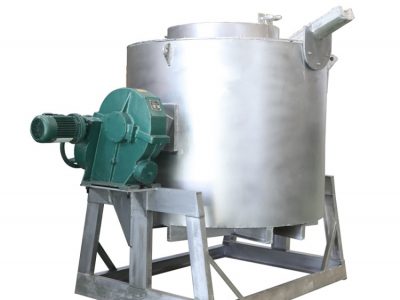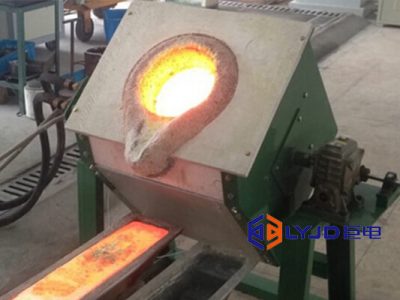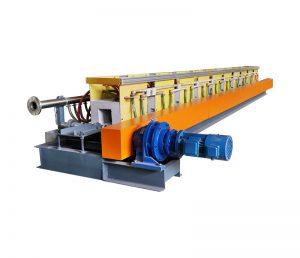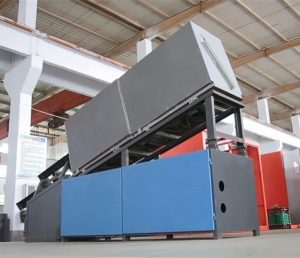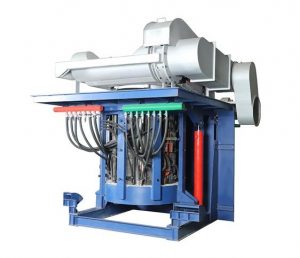Are you troubled by problems that always occur in the work of the newly purchased medium frequency induction furnace? How can we avoid the malfunctions of the medium frequency induction furnace as much as possible when it is working? In this article, Luoyang Judian will give you an introduction in detail.
Most malfunctions of the medium frequency induction furnace occur because of improper operations by the staff. So, if we want to avoid these problems, we must know the operating precautions of the medium frequency induction furnace.
Preparation before production
1. Operators must be familiar with the structure, use, maintenance, and other matters of the intermediate frequency electric furnace system equipment and electrical appliances.
2. Check whether the furnace body and all parts are in good condition.
3. Check whether the tools used for smelting and maintenance are complete.
4. Check whether the cooling water system and hydraulic system pipes are unblocked and whether there is leakage. (Whether the water cable connection bolts are loose)
5. Check whether the power supply system of the intermediate frequency induction furnace and the pure water cooling system is in good condition. 6. Check whether the instrument display of each component is normal.
7. Check whether each control system is normal, flexible, and reliable.
8. Check whether the leakage alarm device is sensitive and reliable and whether the electrical insulation meets the requirements.
9. Check whether the tilting system is flexible and reliable.
10. Carefully check the furnace lining, furnace bottom, and furnace mouth for burning damage. 11. Immediately adjust and repair any problems found in the inspection.
During the Production of Medium Frequency Induction Furnace
1. After confirming that the electrical appliances and equipment used are in good condition, start feeding into the furnace.
2. For a cold furnace or empty furnace, first add iron filings or crushed scrap steel, and a layer of crushed furnace iron, then add pig iron block and scrap steel. When adding materials, be careful not to damage the furnace mouth and furnace lining.
3. Turn on the cooling water, and send power to start the intermediate frequency power supply. First, preheat the charge to 600 degrees with low power, and then switch to high power for melting.
4. Feeding should be done reasonably (the element with less burning loss should be added first), first add scrap steel-pig iron block-return material-alloy (alloy should be preheated at the edge of the furnace mouth first).
5. After the charge begins to melt, check the temperature and pressure of the cooling water at any time, and adjust it in time if any abnormality is found.
6. During the smelting process, it is necessary to observe the situation in the furnace frequently, add materials in time, and prevent empty furnaces and shed materials from melting.
7. During the feeding process, do not add severely corroded scrap steel, scrap iron, etc., sandy, shot blasting machine liners, blades, and unknown components.
8. During the smelting process, we should check the corrosion of the furnace's mouth and line at any time and deal with it in time.
9. Frequently check the operation of electrical appliances and instrument displays, and deal with problems in time if found.
10. After this batch of charge is completely melted, cover with covering agent, observe the temperature of the molten iron to 1450°C, scoop up the sample for analysis, adjust the composition according to the analysis results, and notify the contractor to prepare to pick up the molten iron. The temperature of the molten iron reaches 1500°C-1520°C after cleaning the slag Out of the oven (turn off the power switch first, and then power the furnace off).
11. Putting the molten iron should cooperate with the sling worker. Tilt the furnace slowly so that the molten iron is poured into the spheroidizing ladle stably. Put in 2/3 of the molten iron first and pause, wait for the spheroidization reaction to (80-100 seconds) 2/3 of the time, then put in the remaining 1/3 of the molten iron. There should be 50 kg of molten iron in the furnace, and then return to Tilt the furnace and quickly add a layer of returned iron, and continue to add materials to melt the next furnace.
12. According to the amount of molten iron poured on duty, the last two to three furnaces should be actuarially calculated to add materials to avoid the remaining molten iron is prevented from being wasted.
13. After the smelting on duty is over, the furnace is shut down and the power is cut off. The cooling water of the furnace body should continue to circulate until the water is cut off (6 hours in winter and 8 hours in summer).
